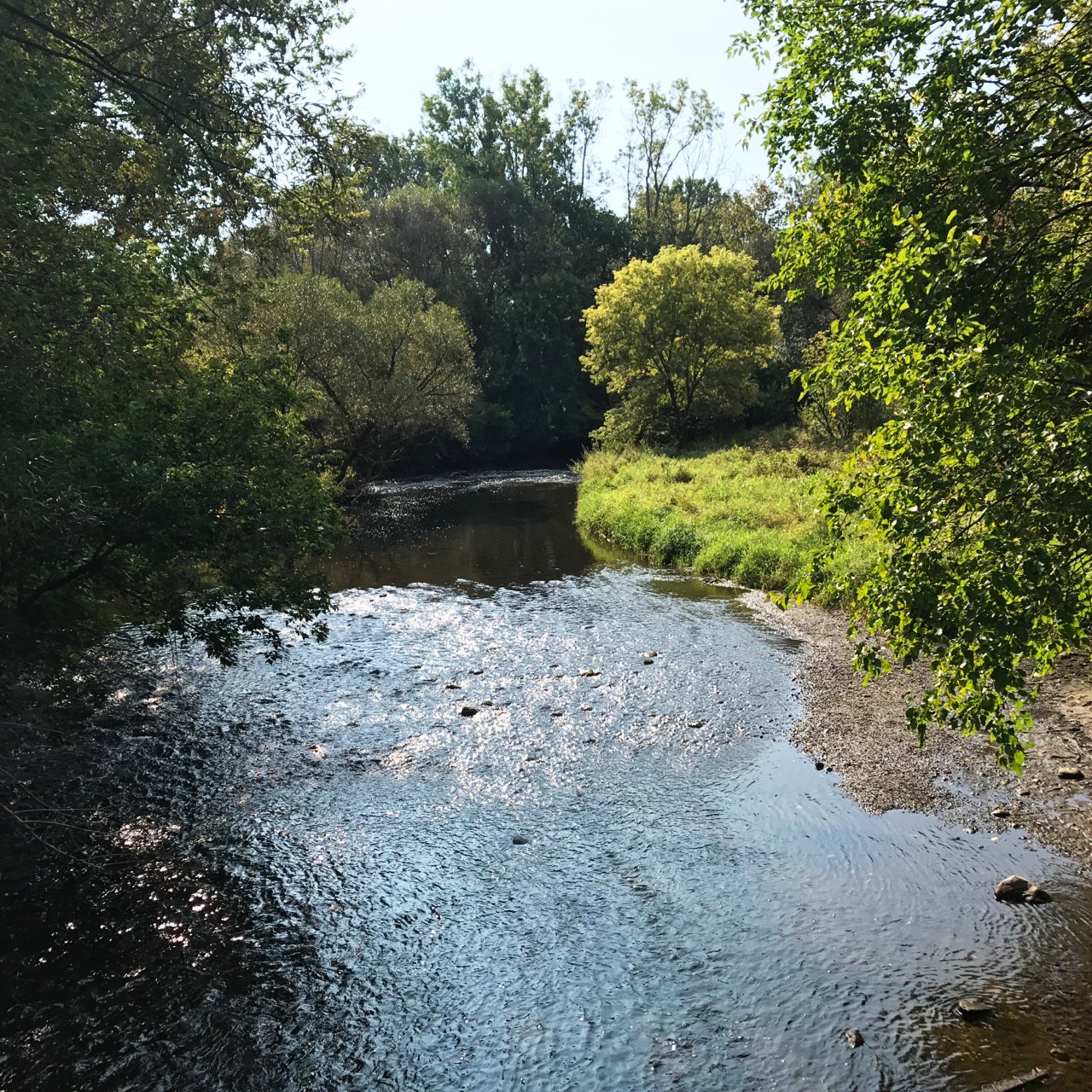
Keeping Freshwater Resources Healthy
HEALTHY RIVER,
HEALTHY WATER,
HEALTHY COMMUNITY.
Throughout a stream and river's journey, it flows through a landscape that is rich in land uses including forests, farmland, cities, and parks. Each of these environments has an impact on the river's health and our health as well.
WHAT IS A HEALTHY RIVER?
When considering a “healthy river,” one may envision a river in a dramatic mountain landscape far from human development. A river in a remote wilderness may rank higher in overall health, but a river flowing through a major metropolitan area is not inherently unhealthy either. In general, a healthy river is resilient and able to recover from natural and man-made disturbances alike.
HOW A HEALTHY RIVER WORKS.
A healthy river is comprised of many facets including biological, physical, and chemical, and these different components all work together to allow the river to naturally maintain its ecosystem functions.
-
A healthy river has temperature levels, dissolved oxygen content, salinity, turbidity, hardness, acidity, and alkalinity (water pH) that are all within a natural range for that river and its species. A healthy river will also have minimal amounts of pollution and toxins such as pesticides, nitrogen, phosphate, fecal coliform, and heavy metals.
-
A natural flow varies in magnitude, frequency, duration, timing, and rate of change. A natural flow regime is a critical component of a healthy river because the flow of water provides the base on which all other river functions are built. The plants, fish, and wildlife in any given river have evolved to adapt to that river’s unique rhythms.
-
Rocks, gravel, sand, silt, decomposing vegetation, and other organic debris are important components of a healthy river. These sediments create habitats such as floodplains, sandbars, and riparian buffers that all contribute to nourishing a river’s bed and channels. A healthy river in equilibrium does not allow too much erosion or excessive scouring of the riverbank and riverbed.
-
Productive and diverse habitat can support numerous animal species. The natural movement of sediment throughout a river creates riffles, pools, side channels, and backwater areas providing spawning and rearing habitat for many species of fish, reptiles, birds, and other wildlife.
-
Many aquatic insects live as juveniles, called nymphs or larvae, in the water before becoming flying insects such as mayflies, dragonflies, and stoneflies. Water insects and macroinvertebrates are the primary food for many riverine species, and an abundance and diversity of insect species can be a strong indicator of a river’s health.
-
From catfish to bats and from painted turtles to mink, the wildlife living in and around a river includes a wide variety of fish, birds, mammals, reptiles, and amphibians. While the number of fish and wildlife species will vary with each river, a diverse number of species is often an indicator of a river’s health.
-
Native plants are indigenous to a given area and have very deep root systems. Native plants form plant communities and biological interactions with specific flora, fauna, fungi, and other organisms. These plant communities provide critical habitat for fish and other riverine animals, regulate water temperatures, remove pollutants from river water, prevent excessive erosion of riverbanks, and offer food for pollinators and other wildlife.
-
A healthy river promotes and sustains a strong economy and a healthy community. In turn, a strong economy and a healthy community promote and sustain a healthy environment.



